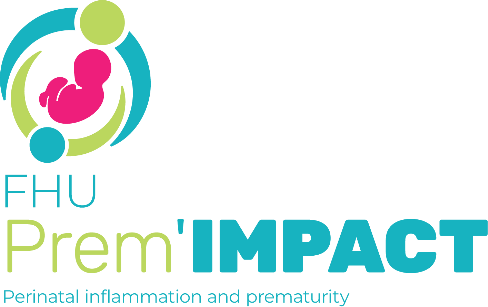Abstract
Planned vaginal delivery in twin pregnancies has three potential outcomes: vaginal or cesarean delivery of both twins, or cesarean for the second twin. Our objective was to assess the association between delivery mode and severe acute maternal morbidity (SAMM) in women with twin pregnancies and planned vaginal deliveries. We limited this planned secondary analysis of the JUMODA cohort, a national prospective population-based study of twin deliveries, to women with planned vaginal delivery at or after 24 weeks of gestation who gave birth to two live fetuses at hospital. The association between delivery mode and SAMM was estimated from multivariate Poisson regression models. Of 5,055 women with planned vaginal delivery, 4,007 (79.3%) delivered both twins vaginally, 134 (2.6%) had cesarean for the second twin and 914 (18.1%) cesarean for both twins. Compared to vaginal delivery of both twins, the risk of SAMM was significantly higher after cesarean for the second twin (9.0% versus 4.5%; aRR 2.22, 95% CI 1.27-3.88) and for both twins (9.4% versus 4.5%, aRR 1.56, 95% CI 1.16-2.10). In twin pregnancies with planned vaginal delivery, cesarean deliveries for the second twin and for both twins are associated with higher risks of SAMM than vaginal delivery.
Conflict of interest statement
The authors declare no competing interests.
